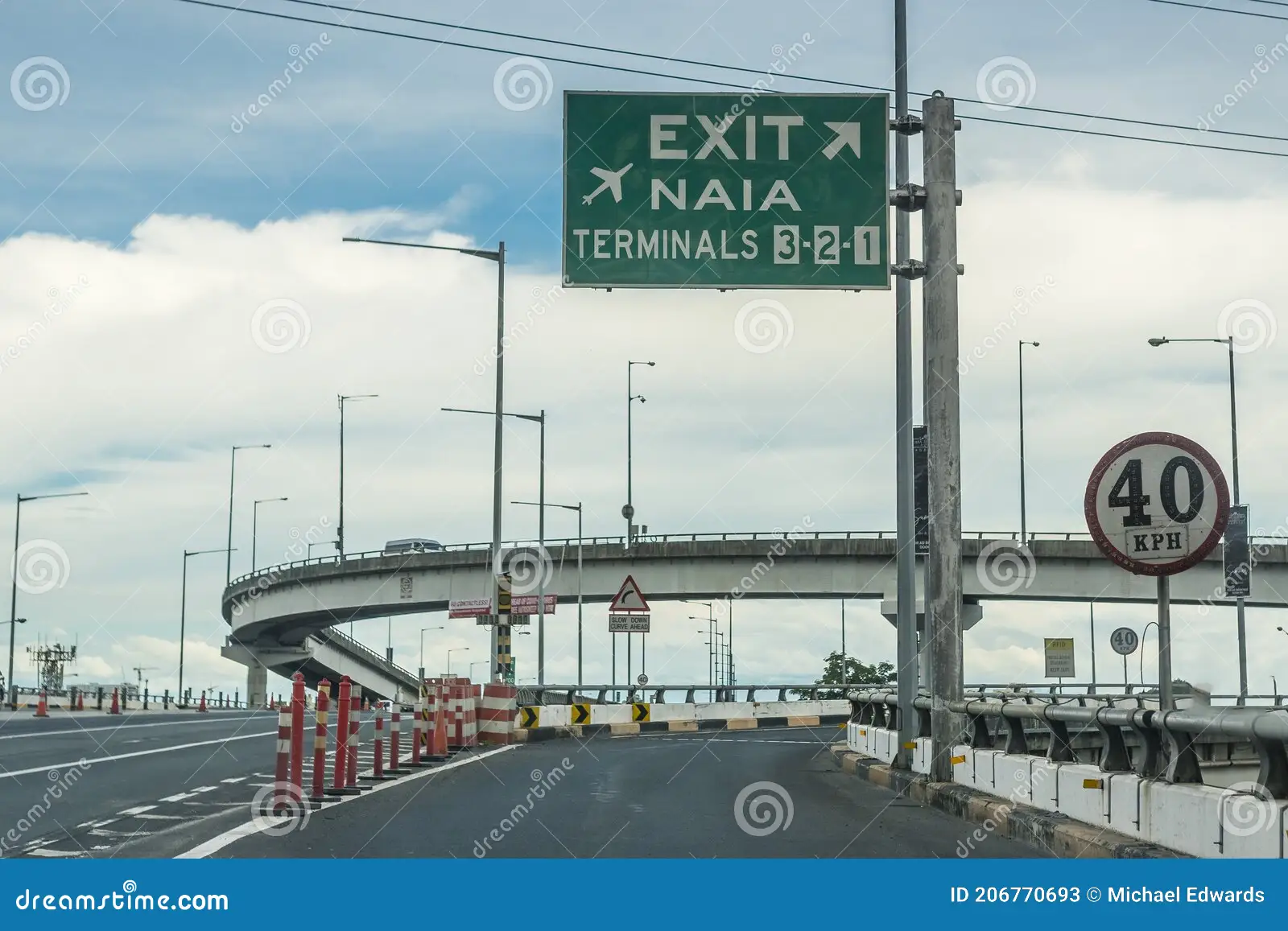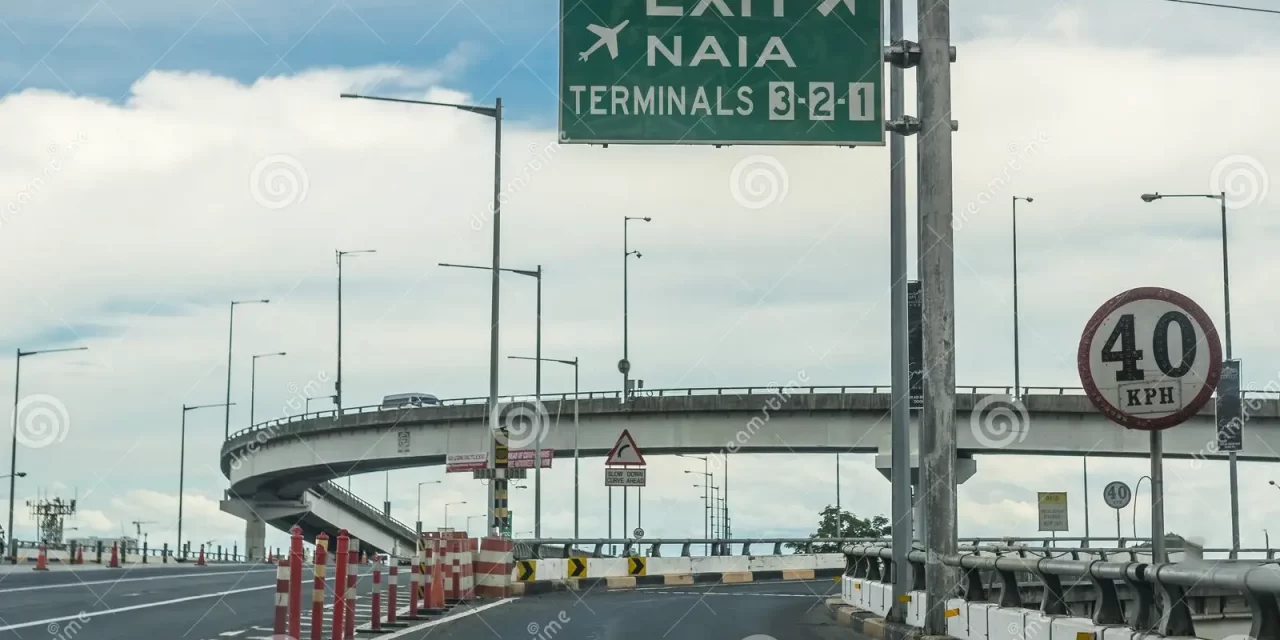
Photo Credit: AutoDeal
As a commuter, the first thing that comes to mind is how heavy the traffic is from point A to point B. While on the other side of the commuter’s mind is the question infer of what will be the alternative route to avoid the bustling traffic of the road, the smoke, fighting with the heavily loaded trucks from various vehicles, and the hustle of supposed to have a 30-minutes travel time but due to traffic it will cost the commuters a few hours or more travel time to reach the designated destination within the city. In addition, it is undeniable that commuters may be bothered by the costly fare of Metered Taxis if Taxi is their means of transportation, while traveling by Jeepney or public buses may linger the period of their travel time destination. With these issues, it is clearly seen in the picture that heavy traffic is a daily frustration of commuters, drivers, and motorists.

Photo Credit: Stock
Manila is the Philippines’ capital city found in Luzon of the country and the most populous city of the Philippines. Therefore, traveling to metro Manila’s neighboring cities is quite a hurdle, such as crossing from Manila to Makati, Mandaluyong, Bacoor, Antipolo, Marikina, Paranaque, and even Cainta is such a nightmare to travel from the Manila point. In a current report, over 3.5 million commuters with vehicles travel together every day in one rigid highway in Manila to go the other cities, resulting in a high traffic volume in the Metro Manila area, with the neighboring towns to be added.

Photo Credit: Michael Edwards @Dreamstime
The finished Metro Manila Skyway System project positively affects commuters and drivers due to the positive outcome of the SKYWAY Project. The role of the Skyway marks a significant impact on the citizens that drive through the elevated Skyway. And Skyway is open for service 24/7 a week, routing from North and South Luzon expressways. Now that the Stage 3 Skyway is open, traveling from the Manila International Airport to Makati only takes 15 minutes drive compared to before the construction of the Skyway Stage 3. The pre-Skyway Stage 3 required 2-3 hours of travel from the Manila International Airport to Makati. It is claimed that the Metro Manila Expressway or Skyway is the longest elevated highway in the world, with 39.2 kilometers total from Skyway Stage-1-2-3.
The construction of the Skyway Stage-1 project was first launched in 1993 by former President Fidel V Ramos. The former President of the Philippines, Joseph Estrada, in December 1998 the declaration of the Skyway Stage-1 project was concluded and opened to public drivers and motorists. The Stage-1 Skyway is a 9.5 Kilometers elevated tollway.
The Skyway Stage-2 is a developed expressway that continues and extends the Stage-1 project adding 6.8 Kilometer elevated tollway for the Stage-2 Skyway. The project was started by former President Gloria Macapagal Arroyo and finished by the late former President Benigno Aquino III administration.
The Skyway Stage 3 project is an 18.8 kilometers (about 11.68 mi) elevated tollway. Skyway Stage 3 was approved by President Aquino III in 2012, while the contraction started in 2014. In 2021 the completion of the Skyway Stage-3 completed declared by former President of the Philippines, Rodrigo Duterte, and opened the Skyway Stage-3 to commuters, drivers, and motorists.

Photo Credit: Crown Asia
Good News: An additional project is about to finish, and the motorist of the Philippines cannot wait for the Skyway Stage-4 to finish. Congratulations to every administration that finished the Metro Manila Skyway System.












